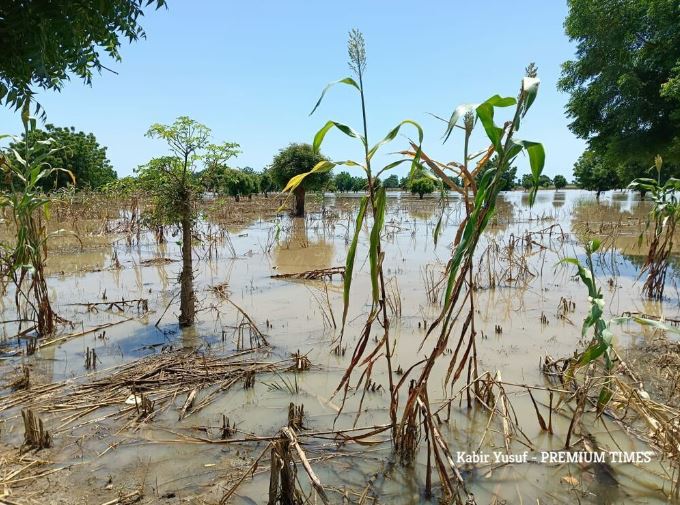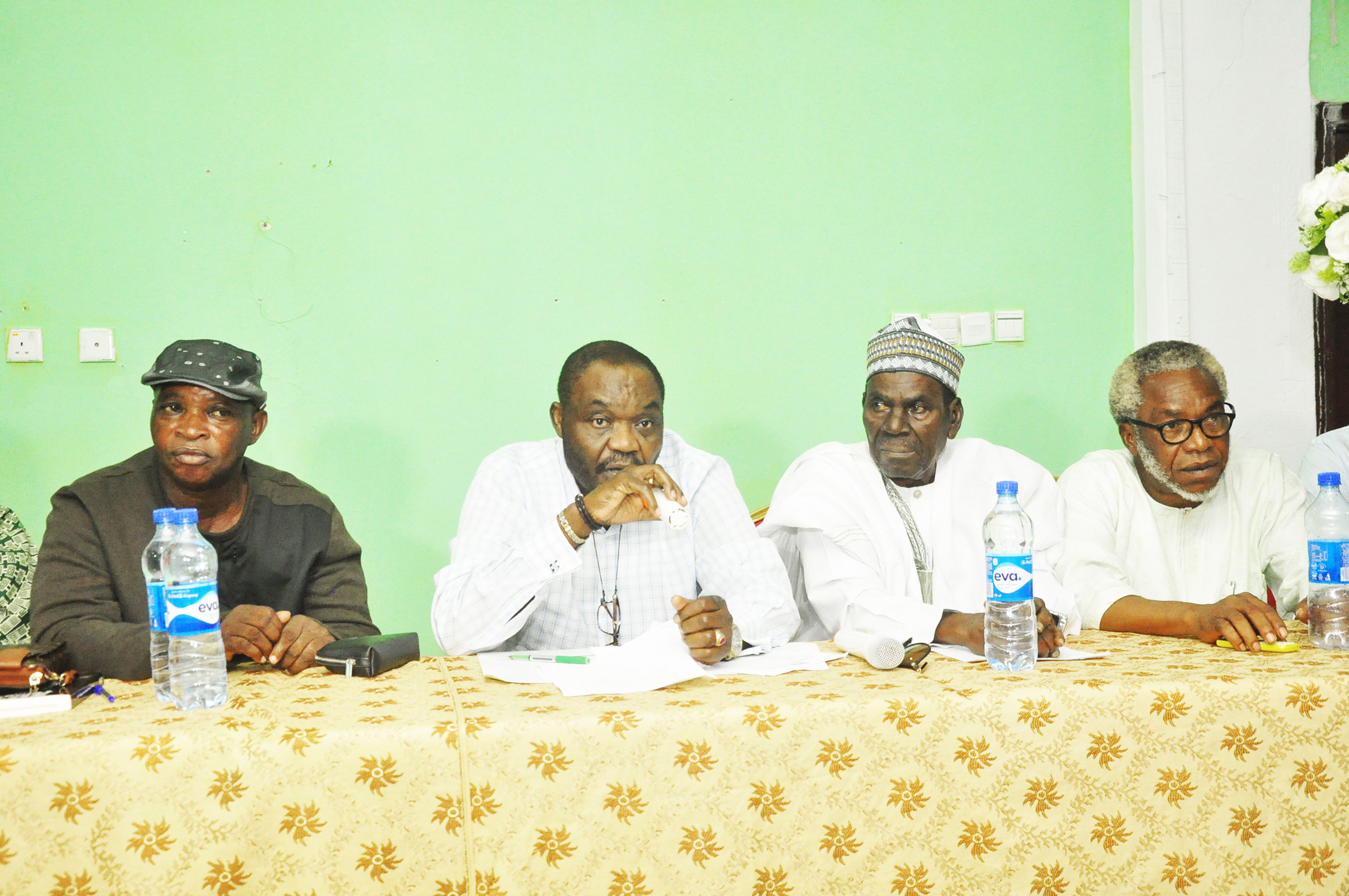A repeat of the 2022 devastating flooding that led to the death of over 600 people and the destruction of farmlands and properties stares down Nigeria in the face as neighbour Cameroon opens the floodgate of its Lagdo dam that threatens to expose the flaws in the food value chain of Africa’s biggest economy.
Located in northern Cameroon, the dam shares proximity with about 13 Nigerian states.
Cameroon’s Ministry of Foreign Affairs said the decision to open the Lagdo Dam was “due to the heavy rainfall around the Dam catchment area in Northern Cameroon.
Cameroon authorities said they were putting precautionary measures to forestall a repeat of last year’s disastrous flooding.
“Lagdo Dam will be releasing only modulated variable small amount of water at a time in order to mitigate and avoid damages that the released water may cause along the River Benue basin in both Cameroon and in Nigeria,” said Umar Salisu, a director of African affairs at the Ministry of Foreign Affairs.
In 2016, Cameroon and Nigeria signed a memorandum of understanding to share information on actions to be taken about the reservoir to prevent damages that could happen as a result of opening the Lagodo dam.
The Nigerian government said it was not informed when the reservoir was opened in 2019 which led to uncontrolled flooding in Adamawa, Taraba, Benue, Kogi, and the Niger Delta regions in October and November.
Farmers and locals in many Nigerian communities face a dire situation amid government assurances of putting measures in place to reduce the level of damage.
Francis Arimoro, a professor of environmental biology at the Federal University of Technology, Minna, Niger State, said flooding might be inevitable in areas that experienced it when the reservoir was opened in previous times but can be controlled if drainages and canals are cleared for passage of water to the sea.
Arimoro noted that the reservoir had been stretched due to climate change conditions, causing a change in temperature and more rain.
Food security faces threat

This aerial view shows local residents crossing the Numan bridge while driving to a safer grounds on September 25, 2022 away from the rising waters in Numan Community of Adamawa State – North East Nigeria. Across West and central Africa devastating floods are ravaging farmland, destroying crops and forcing tens of thousands of people to abandon their homes. (Photo by Radeno Haniel / AFP)
Farmers may have to harvest their crops prematurely to control the rate of loss against a total washing off their farmlands, Arimoro said.
Usman Musa, a farmer in Kogi State, North Central, told AFP that he spent $1,300 on his 10-hectare rice farm that was submerged by flood in 2022.
Other farmers like Musa recorded similar or more losses from a decade-long disaster that threatens food security for Nigeria amid spiking inflation rate at 22.79% with food prices on a high.
President of All Farmers Association of Nigeria Kabir Ibrahim reiterates that “flooding is still ongoing” and estimates that “safely between 60 to 75 percent of the yield we expected is going to be lost”.
“The floods point to a larger flaw in our food system, which essentially is a lack of storage to hedge against disasters,” Kamaldeen Raji, the managing director at AFEX Fair Trade, told The Guardian.
“Currently for every 100% production, Nigeria only has 2% storage capacity, which is quite low when we compare, say, to South Africa where for 100% in production, they have a 110% storage capacity.”
Hunger, malnutrition may worsen

A mother eats with children in an internally displaced people’s (IDP) camp, where flood evacuees are accommodated, at Community Primary School in Ihuike, Niger delta region of Ahoada, Rivers State, southern Nigeria, on October 21, 2022. More than 600 people are now known to have perished in the worst floods in a decade in Nigeria, according to a new toll released on October 20. The disaster had also forced more than 1.3 million from their homes, said a statement by Nigeria’s ministry of humanitarian affairs, released on Twitter. (Photo by PIUS UTOMI EKPEI / AFP)
Already, the World Bank in its latest Food Security Update published in July 2023 listed Nigeria alongside Afghanistan, Somalia, South Sudan and Yemen as hotspots of global food security concerns, citing the absence of a food storage system, insecurity from farmer-herder clashes and flooding.
The World Bank identified Borno and Yobe states as potential areas where food insecurity could deteriorate to a crisis condition in the year.
It estimates the states could join western and southern Katsina, northern and southern Sokoto, northern and central Zamfara and some parts of Kaduna to be placed on the food crisis watch list. These states experienced a degree of flooding in 2022.
“Crop production states like Adamawa, Taraba, Benue, Nasarawa, and Kogi will be affected by these floods and if not managed properly, we could potentially see reduced output, which inevitably reduces food availability and increases the cost of food,” Raji said.
In May 2023, the United Nations warned that about 700,000 children are at risk of severe acute malnutrition in Nigeria, with two million children under the age of five facing the most immediate and life-threatening form of malnutrition.
The UN appealed for $400 million in funding to prevent widespread hunger and malnutrition in northeast Nigeria, with a focus on expanding food and nutrition assistance and providing clean water and sanitation, healthcare, protection, and logistics.
Citing UN’s projection for 2030, Raji noted that “food supply will be severely threatened by climate change” and projects that it “will be a major contributor to global food insecurity”.
“Nigeria must also invest in proper flood prevention and management systems, to shore up defences against floods and other climate disasters,” he said.
THEGUARDIAN






